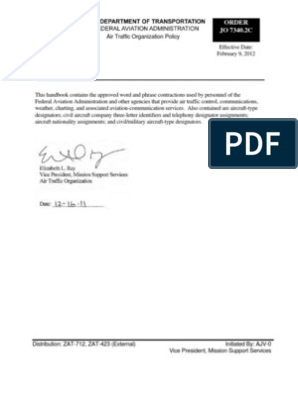0% found this document useful (0 votes)
152 views41 pagesAVSEC2018 - ICAO Update On Work Programme Conflict Zones
AVSEC2018 - ICAO Update on Work Programme Conflict Zones
Uploaded by
wminukCopyright
© © All Rights Reserved
We take content rights seriously. If you suspect this is your content, claim it here.
Available Formats
Download as PDF, TXT or read online on Scribd
0% found this document useful (0 votes)
152 views41 pagesAVSEC2018 - ICAO Update On Work Programme Conflict Zones
AVSEC2018 - ICAO Update on Work Programme Conflict Zones
Uploaded by
wminukCopyright
© © All Rights Reserved
We take content rights seriously. If you suspect this is your content, claim it here.
Available Formats
Download as PDF, TXT or read online on Scribd
/ 41

























































































